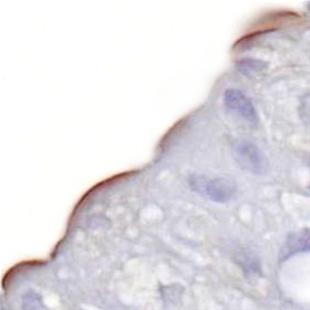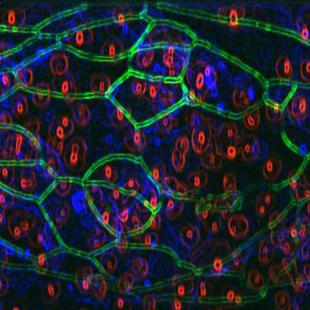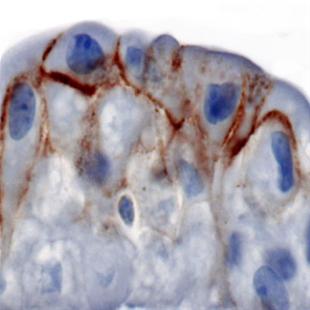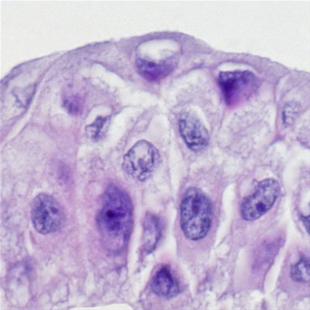Kystis Ex Vivo Human Bladder Research - The University of York
How can we help?
Call us on +44 (0) 1904 328766 or
email us at info@kystis.com
Human in vitro models
Crucially, whilst the bladder lining (urothelium) is a direct target for drug interventions in bladder disease, it is also an important secondary target site for all drugs, since most are urinary-excreted in unmodified or metabolised form. Where lead drugs have caused unexpected toxicity or cancer in the bladders of experimental animals, until now there has been no suitable model in which to assess whether such effects are relevant in humans. Although useful, human established cancer-derived or immortalised cell lines are by their nature compromised in terms of their homeostatic regulation and fail to deliver any functional insight.
Kystis has created and holds an exclusive licence for the only functionally-differentiated human bladder tissue model for use in commercially-oriented contract research work. This model offers you the most functionally-differentiated human urothelium available.
Numerous attempts have been made over the last twenty five years to produce an in vitro-generated urothelium, but to date the results have borne little resemblance to functional urothelium; although urothelial cells have been cultured there is little or no stratification and differentiation into an organised functional tissue.
Kystis' model possesses the following features that are equivalent to native urothelium and not found in any other model of human urothelium.
- Stratified morphology of basal, intermediate and superficial cells
- Presence of uroplakin protein on the apical surface
- Presence of tight junctions between the cells of all layers, but most developed in the superficial layer
- Differential expression of cytokeratins
- Spatially correct location of amiloride-sensitive sodium channels and basolateral expression of Na+-K+-ATPase
- High transepithelial electrical resistance of >3,000 Ω.cm²
- Low passive permeability to small and large molecular weight species (eg urea, water and dextran)
- Native cytochrome P450 enzyme expression profile and adaptive metabolising phenotype




Uroplakin 3 on Biomimetic Urothelium
1/4
